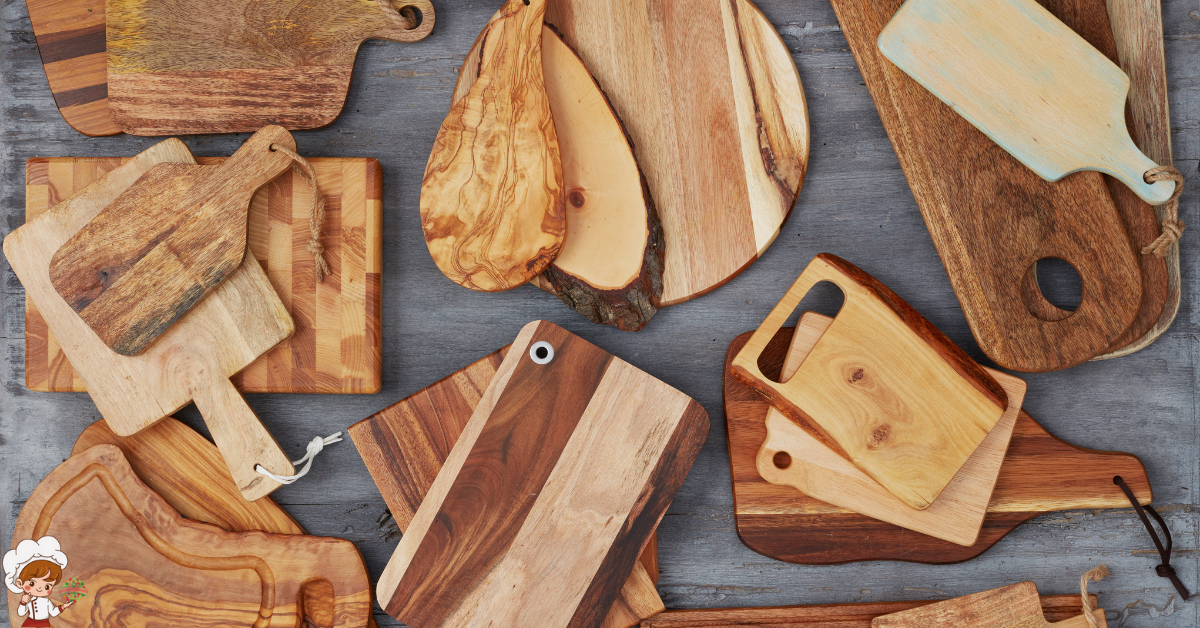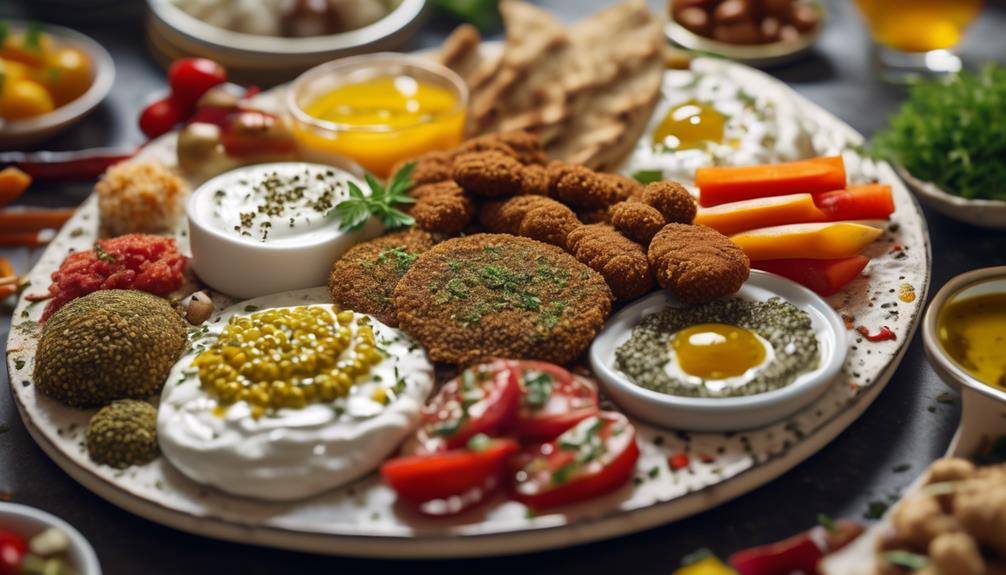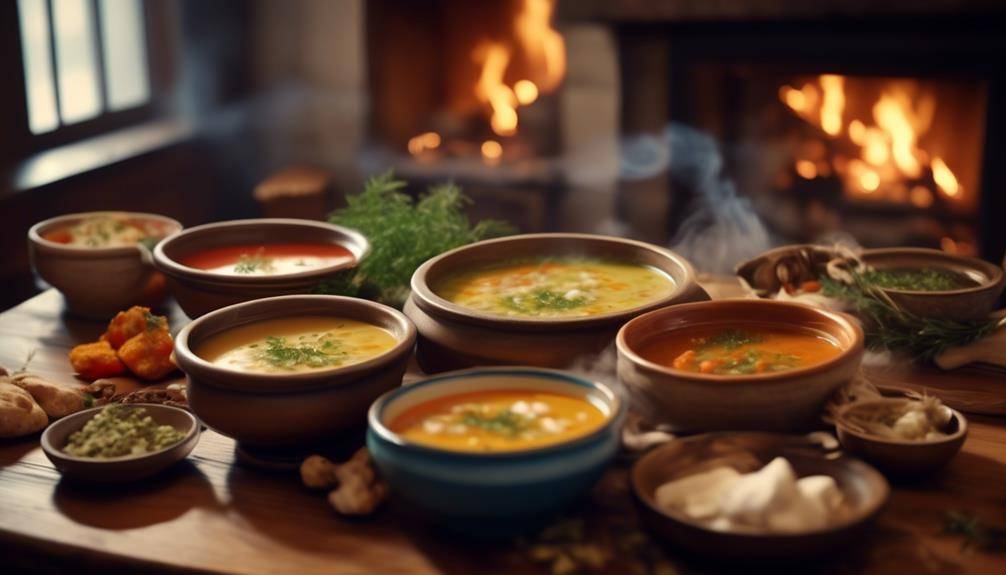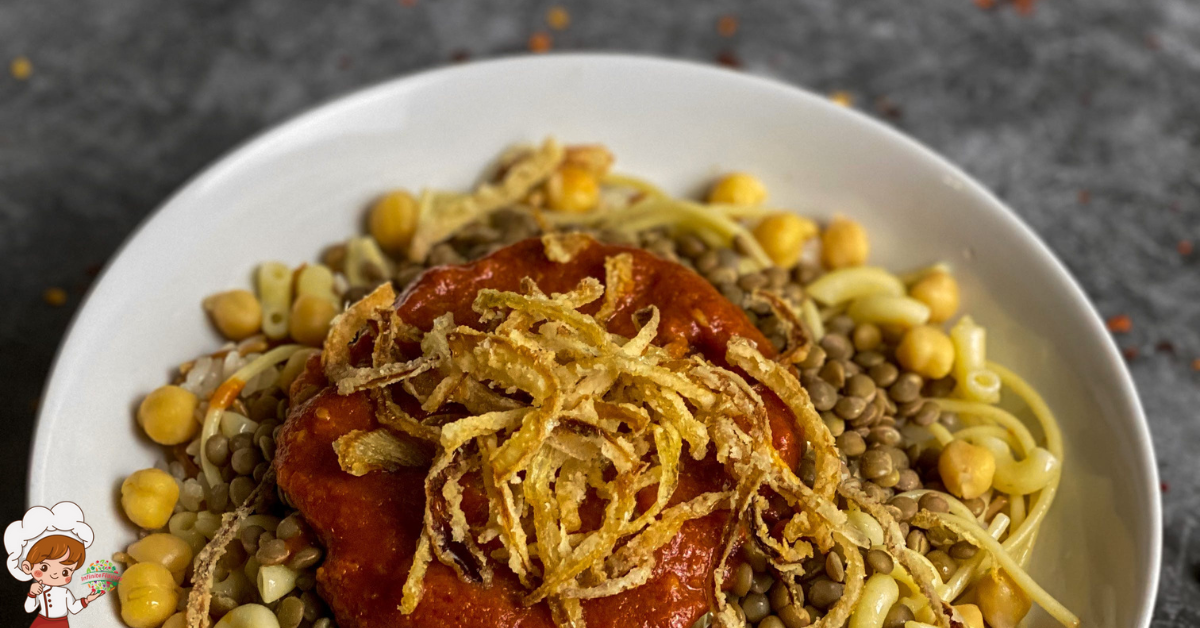How To: Techniques for Grilling Seafood Perfectly

Techniques for Grilling Seafood Perfectly can be as satisfying as catching a wave on a sunny day at the beach. But just like riding that perfect wave, you need the right techniques to achieve seafood perfection on the grill. In this guide, we will explore effective techniques that will help you grill seafood perfectly every time. From choosing the right seafood to properly oiling the grill grates, controlling the heat, and using the right grilling tools, we will cover all the essential steps for grilling success. We will also delve into marinating for flavor, turning and flipping techniques, and enhancing flavors with herbs and spices. So grab your apron and get ready to impress your taste buds with perfectly grilled seafood!
Choosing the Right Seafood
When grilling seafood, start by selecting the freshest options available. The key to a successful seafood grilling experience lies in the quality of the ingredients you choose. When it comes to seafood selection, freshness is paramount. Look for fish and shellfish that have bright, clear eyes, shiny skin, and a fresh, oceanic smell. Avoid any fish that has a strong, fishy odor as it may indicate that it is not as fresh.
When it comes to cooking techniques, different types of seafood require different approaches. For delicate fish like flounder or sole, it’s best to use a fish basket or grill pan to prevent them from falling apart. Place the fish on a preheated grill and cook for a few minutes on each side until it’s opaque and flakes easily with a fork.
For heartier fish like salmon or tuna, you can place them directly on the grill grates. Brush them with some olive oil and season with salt and pepper before grilling. Cook the fish for about 4-5 minutes per side, depending on the thickness, until it’s nicely charred on the outside and still pink in the center.
When grilling shellfish like shrimp or scallops, it’s important not to overcook them. They cook quickly and can become rubbery if left on the grill for too long. Thread them onto skewers or place them in a grilling basket for easy flipping. Cook for 2-3 minutes per side until they turn opaque and firm.
Preparing the Grill
To ensure the best grilling experience for your seafood, it’s essential to prepare your grill properly. Before firing up the grill, there are a few important steps you should take to ensure your seafood cooks to perfection. Follow these simple tips for grill cleaning and preheating techniques:
- Clean the Grill: Before each use, give your grill a good cleaning to remove any leftover residue from previous grilling sessions. Use a wire brush to scrub the grates and remove any stuck-on food particles. This will not only prevent any unwanted flavors from transferring to your seafood but also ensure even heat distribution during cooking.
- Preheat the Grill: Preheating the grill is crucial for achieving those beautiful grill marks and a perfectly cooked seafood. Allow the grill to heat up for at least 10-15 minutes before placing your seafood on the grates. This will ensure that the grates are hot enough to sear the seafood, locking in the flavors and juices.
- Oil the Grates: To prevent your seafood from sticking to the grates, lightly oil them before placing your seafood on the grill. Dip a paper towel in vegetable oil and use tongs to rub it over the grates. This will create a non-stick surface and help in achieving that beautiful, crispy exterior.
Marinating for Flavor
To enhance the flavor of your grilled seafood, marinate it using a variety of delicious marinades. Marinating is a great way to infuse your seafood with flavors that will make your taste buds dance with joy. The marinade ingredients you choose will depend on your personal taste preferences and the type of seafood you are grilling.
When it comes to choosing marinade ingredients, the options are endless. You can use citrus fruits like lemon or lime to add a refreshing tanginess to your seafood. Soy sauce or teriyaki sauce can give your seafood a rich and savory flavor. Fresh herbs like basil, rosemary, or cilantro can add a burst of freshness. Don’t forget to include some garlic and onion for a deliciously aromatic touch.
Now that you have your marinade ingredients ready, it’s time to marinate your seafood. Start by placing the seafood in a shallow dish or a resealable plastic bag. Pour the marinade over the seafood, making sure it is evenly coated. If you are using a plastic bag, squeeze out as much air as possible and seal it tightly.
Next, refrigerate the marinated seafood for at least 30 minutes or up to overnight. This will allow the flavors to penetrate the seafood and make it even more delicious. Remember to turn the seafood occasionally to ensure even marinating.
When you’re ready to grill, remove the seafood from the marinade and let any excess drip off. Discard the marinade that the seafood was marinating in, as it may contain raw seafood juices. Now, you’re ready to grill your seafood to perfection. The marinating process will have added incredible flavor and moisture to your seafood, making it absolutely mouthwatering.
Properly Oiling the Grill Grates
Enhance the grilling experience for your seafood by properly oiling the grill grates. Properly oiled grates not only prevent sticking but also create those beautiful grill marks that add a touch of perfection to your seafood dishes. Here are three essential tips to help you achieve the best results:
- Choose the right oil: Opt for high smoke point oils like vegetable, canola, or grapeseed oil. These oils can withstand the high heat of the grill without burning or imparting unwanted flavors to your seafood.
- Preheat the grill: Before you start oiling the grates, make sure to preheat the grill. This helps to open up the pores of the metal, making it easier for the oil to adhere to the surface. A hot grill also helps to sear the seafood quickly, locking in the natural juices and flavors.
- Apply oil with care: Using a heat-resistant silicone brush or a folded paper towel, lightly coat the grill grates with oil. Be cautious when applying the oil as excess oil can cause flare-ups. Make sure to cover the entire grilling surface evenly. This will help prevent the seafood from sticking to the grates and create those beautiful grill marks that add visual appeal to your dishes.
Controlling the Heat
To control the heat while grilling seafood, you can make adjustments to the grill temperature and placement of the seafood. These heat control techniques are crucial for achieving a perfect sear on your seafood, ensuring that it is cooked to perfection with a delicious smoky flavor.
First and foremost, it is important to preheat your grill before adding the seafood. This allows for even cooking and helps to prevent sticking. You want the grill to be hot enough to sear the seafood, but not so hot that it burns. A good rule of thumb is to aim for a medium-high heat, around 400-450 degrees Fahrenheit.
Once your grill is preheated, you can control the heat by adjusting the burner settings. If you have a gas grill, you can turn down the heat by lowering the burner temperature. For charcoal grills, you can control the heat by adjusting the amount of charcoal or by moving the charcoal to one side of the grill to create different heat zones. This allows you to have a hot zone for searing and a cooler zone for more delicate seafood.
Another important factor in heat control is the placement of the seafood on the grill. Thicker cuts of seafood, like salmon or swordfish, can be placed directly over the heat source for a quick sear. Thinner cuts, such as shrimp or scallops, should be placed on the cooler side of the grill to prevent overcooking.
Timing Is Key When Grilling Seafood
When it comes to grilling seafood, timing is key. Cooking time matters, and you don’t want to overcook your seafood. Overcooked seafood can become tough and dry, losing its delicate flavors and textures. So, pay attention to the cooking time and remove the seafood from the grill at the perfect moment for a mouthwatering result.
Cooking Time Matters
Achieve perfectly grilled seafood by mastering the timing of the cooking process. Cooking time is crucial when it comes to grilling seafood, as it can make the difference between a succulent, moist dish and an overcooked, dry one. To ensure you get it just right, keep these tips in mind:
- Know your cooking temperature: Different types of seafood require different cooking temperatures. For example, delicate fish like flounder or sole should be cooked at a lower temperature to prevent them from drying out, while heartier fish like salmon can withstand higher heat.
- Use the right grilling techniques: Whether you’re using direct or indirect heat, it’s important to adjust your cooking time accordingly. Direct heat cooks seafood faster, so keep a close eye on the grill to prevent burning. Indirect heat, on the other hand, allows for slower, more even cooking.
- Consider the thickness of the seafood: Thicker cuts will take longer to cook, so adjust your timing accordingly. A general rule of thumb is to grill seafood for about 8-10 minutes per inch of thickness.
Don’t Overcook Seafood
Mastering the timing of the cooking process is essential to avoid overcooking seafood on the grill. When it comes to grilling seafood, timing is key. Cooking seafood for too long can result in dry, rubbery, and flavorless dishes. To achieve perfectly cooked seafood, it is crucial to understand the cooking temperature and seafood doneness. Different types of seafood require different cooking times, so it’s important to keep a close eye on the grill.
For delicate fish fillets, such as sole or flounder, a cooking temperature of 145°F is ideal. Shrimp and scallops, on the other hand, should be cooked until they reach an internal temperature of 120°F. By paying attention to the cooking time and using a meat thermometer, you can ensure that your grilled seafood turns out succulent, juicy, and full of flavor.
Using the Right Grilling Tools When Grilling Seafood
When it comes to grilling seafood perfectly, using the right grilling tools is essential. From long-handled tongs to a sturdy fish spatula, having the proper utensils can make all the difference in your grilling experience. Not only will these tools help you handle delicate seafood with ease, but they will also ensure that your food cooks evenly and is not damaged in the process. So, let’s discuss the essential grilling utensils you need and some tips on how to properly maintain them for optimal performance.
Essential Grilling Utensils
To ensure optimal results, equip yourself with the necessary arsenal of essential grilling utensils when cooking seafood on the grill. Having the right tools not only makes the grilling process easier but also ensures that your seafood turns out perfectly cooked and delicious. Here are some essential grilling utensils you should have:
- Grilling Utensil Storage:
- Use a designated storage area for your grilling utensils to keep them organized and easily accessible.
- Consider using a hanging rack or a utensil caddy to keep your tools within reach while grilling.
- Make sure to clean and dry your utensils before storing them to prevent rust and damage.
- Cleaning and Maintenance:
- Regularly clean your grilling utensils to remove any leftover food or grease.
- Use warm soapy water and a brush or sponge to scrub away any residue.
- Dry your utensils thoroughly before storing them to prevent moisture buildup.
- Grilling Utensil Safety Measures:
- Always use heat-resistant gloves or mitts when handling hot utensils.
- Keep a safe distance from the grill to avoid burns.
- Use long-handled utensils to prevent getting too close to the heat source.
Proper Tool Maintenance
To properly maintain your grilling tools and ensure optimal results, it is essential to use the right tools for grilling seafood. Proper tool maintenance plays a crucial role in achieving the perfect grilled seafood. By using the appropriate grilling tools, you can enhance your grilling techniques and elevate the flavors of your seafood dishes.
First and foremost, invest in high-quality grilling tools specifically designed for seafood. Look for tools such as fish spatulas, seafood grilling baskets, and long-handled tongs that provide better control and maneuverability when handling delicate seafood. These tools are designed to prevent your seafood from falling apart or sticking to the grill.
Once you have the right tools, it is essential to maintain them properly. After each use, clean your grilling tools thoroughly to remove any residue or food particles. Use warm soapy water and a brush to scrub away any stubborn grease or grime. Rinse them well and dry them thoroughly to prevent rusting.
In addition to cleaning, regular maintenance is crucial to ensure the longevity of your grilling tools. Check for any signs of wear and tear, such as loose handles or rusty parts, and replace them if necessary. Store your tools in a dry and clean place to prevent rusting and maintain their quality.
Turning and Flipping Techniques
To ensure perfectly grilled seafood, it is essential that you master the proper turning and flipping techniques. These techniques are crucial in achieving an evenly cooked and beautifully charred seafood dish. Here are some tips to help you become a pro at flipping your seafood on the grill:
- Use the right tools: Invest in a sturdy pair of long-handled tongs or a spatula specifically designed for grilling. These tools will give you better control and prevent your delicate seafood from falling apart or sticking to the grill grates.
- Timing is key: Knowing when to flip your seafood is crucial. A general rule of thumb is to wait until the bottom side is nicely seared and easily releases from the grill grates. This ensures that the seafood has developed a flavorful crust and won’t stick when you flip it.
- Flip with confidence: When it’s time to flip, do it with a swift and confident motion. Delicately lifting and flipping the seafood will help maintain its shape and prevent it from falling apart. Avoid repeatedly flipping the seafood, as this can lead to uneven cooking and dryness.
- Adjust heat levels: Different seafood varieties require different cooking times. For thicker cuts like salmon or swordfish, it’s best to start grilling over high heat to get a good sear, then reduce the heat to finish cooking through without burning the exterior. For more delicate seafood like shrimp or scallops, lower heat is ideal to prevent overcooking.
- Practice makes perfect: The more you grill seafood, the better you’ll become at flipping it. Experiment with different grilling techniques and observe how different seafood reacts to heat and flipping. With practice, you’ll develop a keen intuition for when your seafood is perfectly cooked and ready to be flipped.
Mastering the art of flipping seafood on the grill takes time and practice, but with these techniques in your arsenal, you’ll soon be grilling up perfectly cooked seafood that will impress your family and friends. So fire up the grill and get ready to enjoy the tantalizing flavors of perfectly grilled seafood!
Enhancing Flavors With Herbs and Spices
To enhance the flavors of your perfectly grilled seafood, you can use a variety of herbs and spices. Seasoning techniques play a crucial role in elevating the taste of your seafood and creating a memorable dining experience. Whether you prefer a subtle and delicate flavor or a bold and robust one, there are herbs and spices that can cater to your taste buds.
One popular herb that pairs well with seafood is dill. Its fresh and slightly tangy flavor adds a delightful twist to fish dishes. Simply sprinkle some chopped dill over your grilled seafood, and let its aromatic essence take your taste buds on a journey.
Another herb that can enhance the flavors of your grilled seafood is basil. Its sweet and slightly peppery taste complements a wide range of seafood, from shrimp to salmon. Chiffonade some fresh basil leaves and sprinkle them over your grilled seafood to add a burst of freshness.
If you’re looking to add some heat to your seafood, spices like cayenne pepper or chili powder can do the trick. These spices bring a fiery kick to your grilled seafood, awakening your senses with every bite. Just be cautious not to overpower the natural flavors of the seafood.
For a more exotic twist, try incorporating spices like turmeric or cumin. These spices add depth and complexity to your grilled seafood, transporting you to distant lands with their warm and earthy flavors. Sprinkle them over your seafood before grilling, and let them work their magic.
Resting and Serving the Grilled Seafood
Now that your perfectly grilled seafood is off the heat, it’s time to let it rest and then serve it like a pro. Resting your seafood allows the juices to redistribute and the flavors to settle, resulting in a more tender and flavorful dish. For optimal results, let your grilled seafood rest for a few minutes before serving, and don’t forget to garnish and present it beautifully to impress your guests.
Optimal Resting Time
Allowing the grilled seafood to rest before serving enhances its flavor and tenderness. This crucial step ensures that the juices redistribute throughout the meat, resulting in a more flavorful and moist dish. To achieve optimal resting time for your grilled seafood, follow these tips:
- Consider the size and type of seafood: Different types of seafood require different resting times. For example, delicate fish like flounder or sole may need only a few minutes, while thicker cuts like salmon or tuna might benefit from resting for up to 10 minutes.
- Keep it covered: While your seafood rests, cover it loosely with foil or a clean kitchen towel. This helps to retain heat and prevents it from drying out.
- Serve at the right temperature: Seafood is best served hot off the grill, so make sure to serve it immediately after resting. This ensures that the flavors are at their peak and the seafood remains juicy and tender.
Presentation and Garnishing
Enhancing the presentation and garnishing of your grilled seafood starts with ensuring it has rested and is ready to be served. Once your seafood is perfectly cooked, it is important to allow it to rest for a few minutes before plating. This resting time allows the juices to redistribute throughout the meat, resulting in a more flavorful and tender dish.
When it comes to presentation, there are a few tips to keep in mind. Firstly, choose a plate that complements the colors of your seafood. A white or neutral-colored plate will allow the vibrant colors of the seafood to stand out. Additionally, consider arranging the seafood in an appealing manner. You can create height and dimension by stacking the grilled seafood or arranging it in a fan-like pattern.
To further elevate the presentation, get creative with your garnishing ideas. Sprinkle some fresh herbs, such as parsley or dill, on top of the seafood for a pop of color and freshness. Thinly sliced lemon or lime wedges can also be placed alongside the seafood to add a citrusy touch. Don’t forget about sauces! Drizzling a tangy aioli or a zesty vinaigrette over the grilled seafood can add an extra layer of flavor and visual appeal.
Frequently Asked Questions: Techniques for Grilling Seafood Perfectly
Can I Use Frozen Seafood for Grilling?
Yes, you can use frozen seafood for grilling. However, to enhance its flavor and texture, it’s beneficial to marinate the frozen seafood before grilling. This technique allows the flavors to penetrate the seafood, resulting in a delicious and perfectly grilled dish.
How Can I Prevent My Seafood From Sticking to the Grill Grates?
To prevent your seafood from sticking to the grill grates, there are a few effective techniques you can use. By properly oiling the grates, preheating them, and using a fish basket or aluminum foil, you can ensure perfectly grilled seafood every time.
What Are Some Common Mistakes to Avoid When Grilling Seafood?
When grilling seafood, there are some common mistakes to avoid. Don’t overcook it, as it can become dry and tough. Also, don’t forget to properly oil the grates to prevent sticking.
How Do I Know When My Seafood Is Cooked and Safe to Eat?
To ensure your seafood is cooked and safe to eat, there are a few key things to remember. Use a meat thermometer to check the internal temperature, look for opaque flesh, and follow these tips for grilling seafood safely.
Can I Use a Gas Grill Instead of a Charcoal Grill for Grilling Seafood?
Sure, you can definitely use a gas grill instead of a charcoal grill for grilling seafood. Gas grills offer convenience and ease of use, while charcoal grills provide that classic smoky flavor. It’s all about personal preference and what works best for you.
Conclusion
Now that you have learned the effective techniques for grilling seafood perfectly, you can impress your friends and family with delicious and flavorful dishes. By choosing the right seafood, preparing the grill, marinating for flavor, properly oiling the grill grates, controlling the heat, using the right grilling tools, mastering turning and flipping techniques, enhancing flavors with herbs and spices, and resting and serving the grilled seafood, you can ensure a mouthwatering seafood feast every time. Happy grilling!








